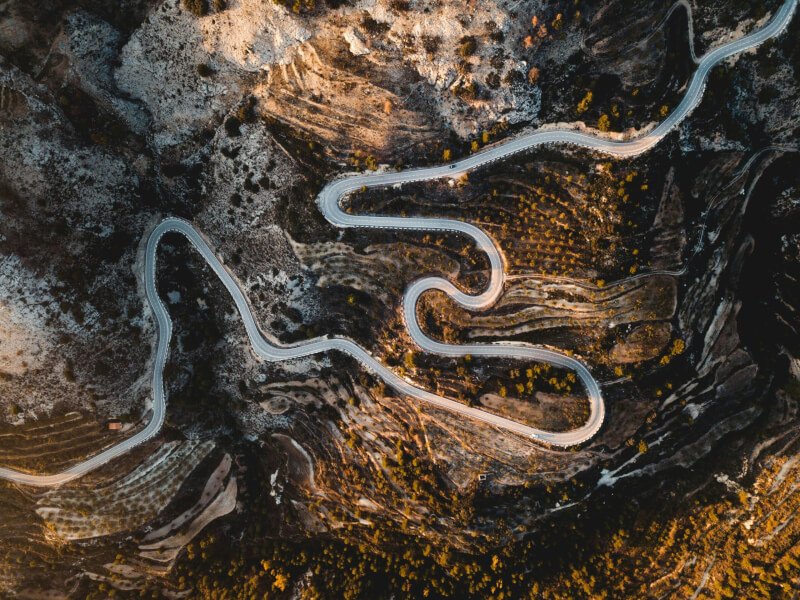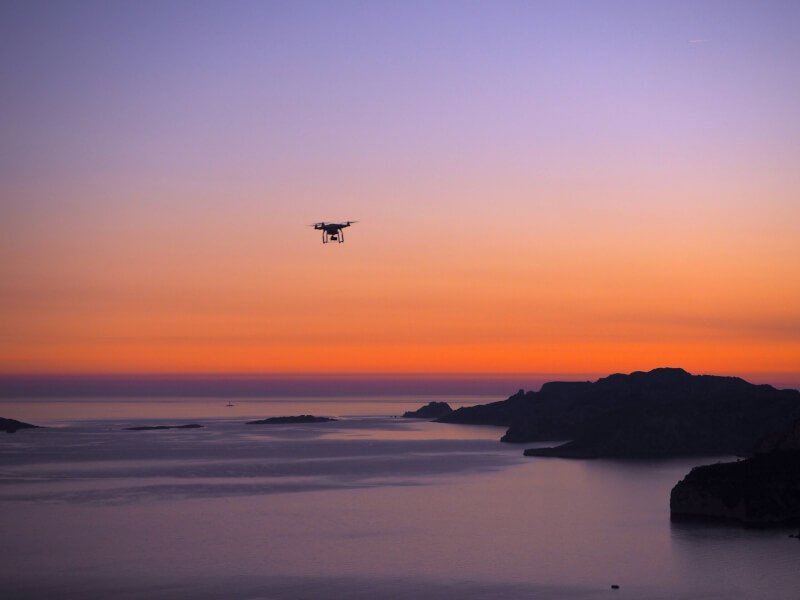Are you a drone enthusiast looking to enhance your flying experience? Well, choosing the right landing gear for your drone is an essential aspect that often goes unnoticed. In this article, we will guide you through the process of selecting the perfect landing gear for your drone, ensuring stability, safety, and optimal performance during takeoff and landing. So whether you’re a professional aerial photographer or a recreational drone pilot, keep reading to discover the key factors to consider when making this important decision.
Factors to Consider When Choosing Landing Gear
When it comes to choosing the right landing gear for your drone, there are several factors that you need to take into consideration. Each of these factors plays a crucial role in ensuring the overall performance, safety, and functionality of your drone. By considering these factors, you can make an informed decision and choose the landing gear that best suits your needs.
Weight of the Drone: One of the first and most important factors to consider is the weight of your drone. The landing gear you choose should be able to support the weight of your drone, including any additional payloads or accessories. It is essential to ensure that the landing gear is designed to handle the maximum weight of your drone to prevent any potential damage or instability during takeoff and landing.
Payload Capacity: If you plan on carrying additional payloads, such as cameras or sensors, with your drone, you need to consider the payload capacity of the landing gear. The landing gear should be strong enough to support the weight of the drone and the payload without compromising its stability or flight performance. It is crucial to determine the weight of the payload and choose the landing gear accordingly.
Terrain and Environment: The type of terrain and the environment in which you will be flying your drone is another important factor to consider. Different types of landing gear are designed to suit specific terrains and environments. For example, if you frequently fly your drone in rugged or uneven terrain, you may want to consider landing gear with skids or retractable legs to provide better stability and protection.
Flight Conditions: The weather and flight conditions in which you will be operating your drone also play a significant role in choosing the right landing gear. For instance, if you often fly in windy conditions, you may want to opt for landing gear that offers better wind resistance and stability. Similarly, if you primarily fly indoors, you may need landing gear that provides vibration dampening to prevent any potential damage to the drone.
Ease of Installation: Another factor to consider is the ease of installation of the landing gear. Ideally, you should look for landing gear that can be easily installed and removed without requiring specialized tools or excessive time. This will make it more convenient for you to switch between different types of landing gear or make any necessary repairs or maintenance.
Size and Compatibility: The size and compatibility of the landing gear with your drone are crucial factors to ensure a proper fit and functionality. You should check the specifications of your drone and look for landing gear options that are compatible with your specific model. Additionally, consider the size of the landing gear in relation to the overall dimensions and weight of your drone to ensure a balanced and stable flight.
Cost: Cost is often an important consideration when choosing any drone accessory, and landing gear is no exception. You should evaluate your budget and look for landing gear options that offer good value for money. While it is essential to stay within your budget, it is equally important to prioritize quality and performance to ensure the safety of your drone.
Durability: The durability of the landing gear is vital to ensure its longevity and resistance to wear and tear. Consider the material strength and construction of the landing gear to determine its durability. Landing gear made of high-quality materials, such as carbon fiber or aluminum alloy, tend to be more robust and resistant to damage. Additionally, you should also consider the availability of spare parts to facilitate any necessary repairs or replacements.
Safety Features: Safety should always be a priority when choosing landing gear for your drone. Look for landing gear options that offer additional safety features, such as shock absorption or anti-vibration capabilities. These features can help minimize the risk of damage to your drone and ensure a smoother landing even in challenging conditions.
Aesthetics: While aesthetics may not be the most critical factor, it is still worth considering if you value the overall appearance of your drone. Look for landing gear options that match the design and style of your drone. Additionally, you may also consider the color and finish of the landing gear to create a cohesive and visually appealing look.

Understanding Different Types of Landing Gear
Before diving into the specific considerations for choosing landing gear, it is helpful to understand the different types available. The type of landing gear you choose can impact the overall performance, stability, and functionality of your drone. Here are the four main types of landing gear:
Fixed Landing Gear: Fixed landing gear is the most common type and is typically attached permanently to the drone frame. It provides a stable and secure base for takeoff and landing. Fixed landing gear is usually lightweight and simple in design, making it suitable for many types of drones. However, it may not provide the flexibility or adaptability of other types of landing gear.
Retractable Landing Gear: Retractable landing gear offers the advantage of being able to retract or fold during flight, providing a clear line of sight for cameras or sensors mounted on the drone. This type of landing gear is often used in professional or aerial photography drones, as it allows for unobstructed views. However, retractable landing gear can be more complex and require additional mechanisms for operation.
Folding Landing Gear: Folding landing gear is similar to retractable landing gear in that it allows for easy storage and transportation. However, unlike retractable landing gear, folding landing gear does not retract during flight. Instead, it can be manually folded or unfolded as needed. Folding landing gear is a popular choice for hobbyist drones, as it offers convenience without the added complexity of retractable landing gear.
Skids: Skids, also known as landing skids or landing rails, are a type of landing gear that consists of two or more fixed legs attached to the bottom of the drone. Skids provide stability and protection against rough landings, making them suitable for flying in rugged terrains. They are often used in drones designed for search and rescue operations or in agricultural drones for crop monitoring.
Each type of landing gear has its own advantages and disadvantages, so it is essential to consider your specific needs and preferences when choosing the right type for your drone.

Considerations for Weight of the Drone
The weight of your drone is a critical factor to consider when choosing the landing gear. It directly affects the overall performance, stability, and flight characteristics of your drone. Here are some key considerations for the weight of the drone:
Maximum Takeoff Weight (MTOW): The maximum takeoff weight is the total weight of the drone, including any additional payloads or accessories. It is essential to know the MTOW of your drone and choose landing gear that can support this weight. It is crucial not to exceed the MTOW recommended by the drone manufacturer, as it can lead to instability and potentially dangerous situations.
Weight Distribution: In addition to the total weight of the drone, you also need to consider the weight distribution. The landing gear should be able to handle the weight distribution evenly to ensure stability and balance during takeoff and landing. Uneven weight distribution can lead to tilting, instability, and increased risk of accidents.
Material and Design: The material and design of the landing gear can significantly impact its weight-bearing capacity. Landing gear made from lightweight yet durable materials, such as carbon fiber or aluminum alloy, can provide the necessary strength while keeping the weight to a minimum. Additionally, the design of the landing gear should be optimized for weight distribution and stability to ensure optimal performance during flight.
By carefully considering the weight of your drone and choosing landing gear that can adequately support it, you can ensure a safe and stable flight experience.



